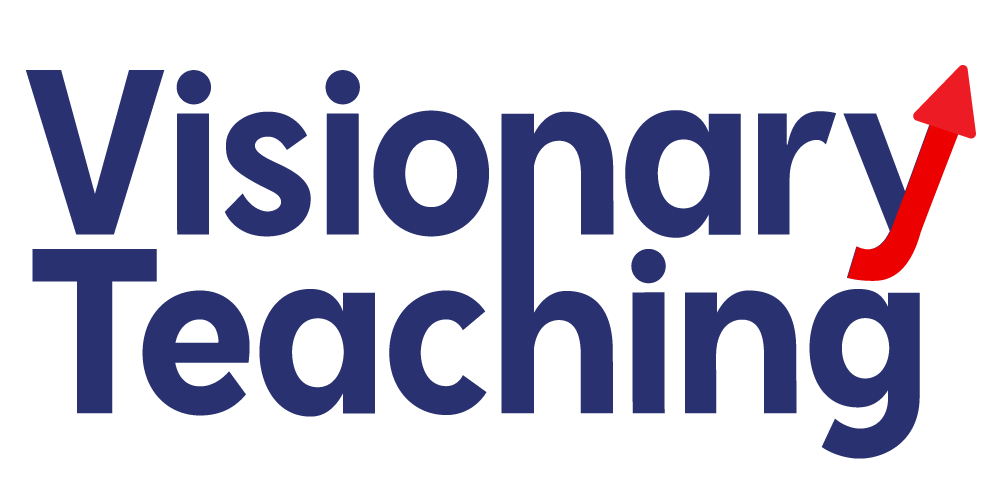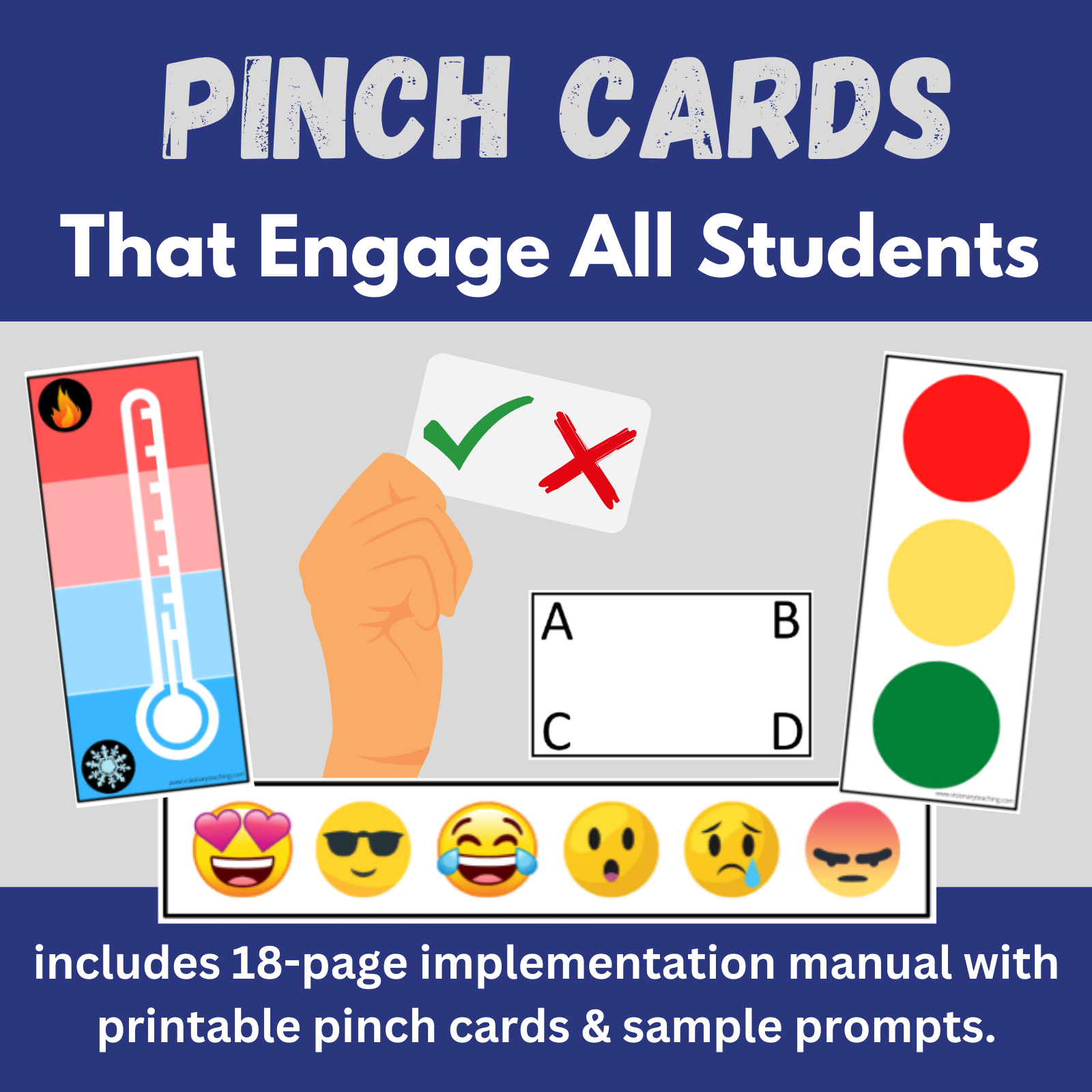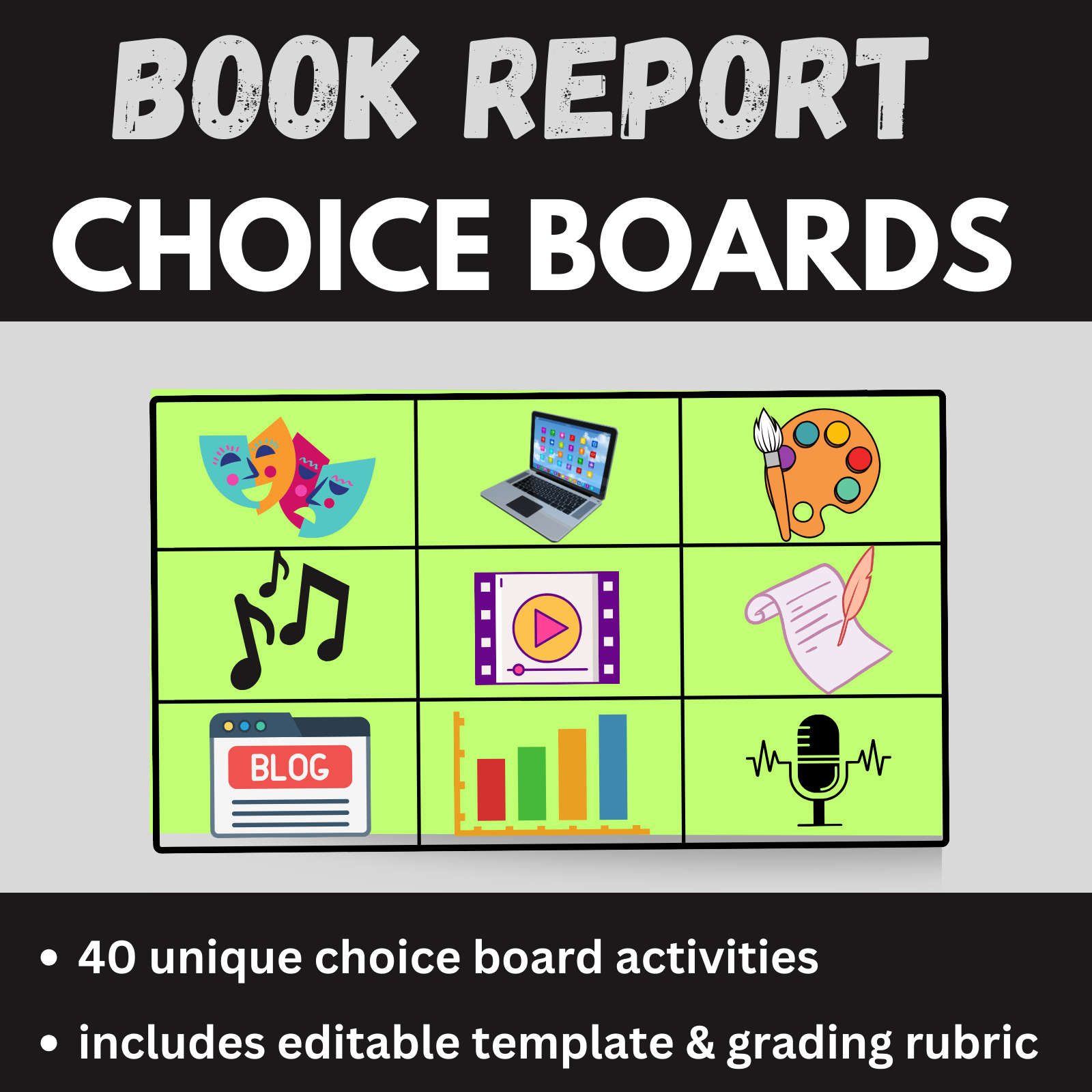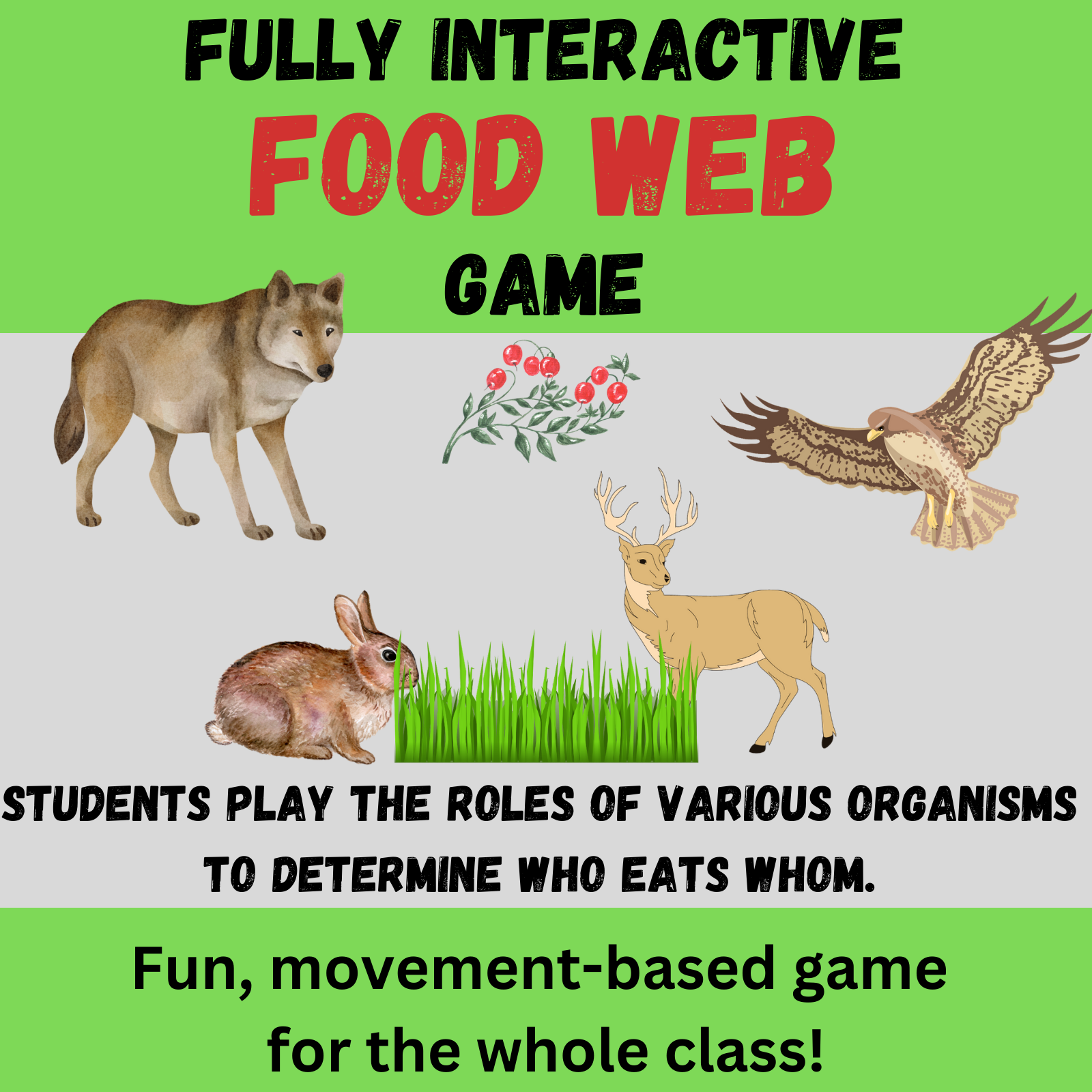
Welcome to the second blog post of a 3-part series on potential resolutions for teachers. Be sure to check out Part 1 if you have not already done so.
We are well-practiced at making personal resolutions each January, but there is nothing wrong with pursuing professional goals, too. As follows are 7 more ideas that can improve your teaching practices, both face-to-face and virtual. Check back soon for the final installment of this series. Happy teaching!
8) Master a new skill related to virtual instruction.
Since virtual teaching is likely to exist in some form for the foreseeable future, wise teachers will continue to hone their skills. You might start by improving your general awareness of the various options and tools available on Zoom or other platforms.
Another option is to take one of your favorite classroom games and figure out the equivalent for virtual or hybrid learning. For example, the popular classroom game Would You Rather? can easily be adapted for online learning.

Maybe you have some powerful teaching activities that don’t seem to translate well to students who are learning from home. You can rely on some innovative colleagues or a good old fashioned Google search for inspiration and ideas. I have recently shared blog posts that demonstrate the virtual versions of everyday classroom activities like exit tickets and showing short video clips.
Will you make a resolution to add a new virtual teaching technique or activity to your lessons?
We are discovering that there are countless ways to provide quality instruction to students who learn virtually. Each new technique that you master makes you a more dynamic teacher.
9) Get organized!
Teaching takes a lot of time. In fact, many educators regularly work many hours of unpaid overtime. With as many hours as you spend teaching, writing lesson plans, doing paperwork, etc., it is understandable if your files (digital or printed) are not optimally organized.
In case you are interested in beginning 2021 with a better organized classroom, inbox, or desktop, here are some great resources:
There are a number of effective ways to organize the materials in your classroom. Some of my favorite ideas have been shared by Happy Teacher, Happy Kids and Playdough to Plato.
The Muse published a very helpful article with tips for organizing your email inbox.
The Balance has some excellent tips for organizing your digital files.

Will you make a resolution to organize your teaching materials and files?
Let’s be honest, we have no idea what is in store for us during the year ahead. It might be better to get organized now before getting back to everyday teaching.
10) Seek active student engagement, rather than on-task compliance.
Traditionally, teachers are in favor of “on-task” behavior by students. But is this what we should be striving for?
A student who is quietly making eye contact with you during a lesson can be considered on-task. Is that good enough? It shouldn’t be. Actively engaged students are better able to focus on instruction and make connections to personal experiences or previously learned materials.

Active engagement asks students to be directly, and actively, involved in their learning. Rather than relying on more passive models such as silent reading, watching a video, or listening to a lecture, teachers can promote more active learning options including opportunities to respond, hands-on projects, peer teaching, and role-playing.
Will you make a resolution to pursue active student engagement when planning your lessons?
11) Offer students regular opportunities for free writing.
Do you offer your students regular opportunities to write without concern for structure or conventions like spelling, punctuation, or grammar?
Before our students can become proficient writers, they must first view themselves as writers. You can help them see writing as a means of getting their thoughts and ideas on paper or screen for a particular audience.
Here are a few simple tips to help students discover the joy of writing:
- Designate time each day for free writing.
- Lose your red pen. This is not the time to correct spelling & grammar.
- Incorporate free writing into other content areas.
- Incorporate journals for face-to-face classes or blogs for virtual classes.
- Make sharing optional. It is more important to know that your students wrote than it is to know what or how they wrote.
I am not proposing that we should never teach spelling, grammar, punctuation, etc. Those are very important skills to address. Just be sure to separate such instruction from your students’ free writing time.
Will you make a resolution to offer free writing time to your students each day?
12) Embrace formative assessment.
When most people hear the term educational assessment, they think of standardized tests or end-of-unit quizzes/tests. What if I told you that there is a type of assessment that is more important?
Formative assessment is done during teaching. The purpose is to help teachers gauge how well students are learning and modify instruction accordingly. Do I need to slow down? Is there another way that I can teach that concept? Was that activity engaging? Is the class ready to move on?
Summative evaluation is evaluation of learning. Students are given a score. Formative is evaluation for learning.
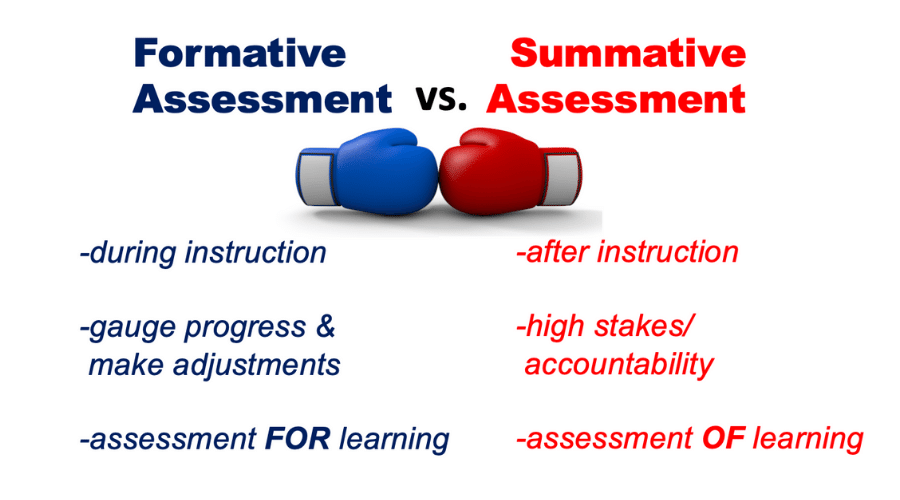
Whole group opportunities to respond allow teachers to get powerful feedback. Students can respond with pinch cards, gestures, or written items. If done correctly, your students will feel like they are playing games. You will benefit from assessing your instruction and determining if/how to make adjustments.
Use exit tickets to gain an understanding of what students have learned and how well they can apply their knowledge. Unlike the opportunities to respond described above, exit tickets are typically individual student responses that are collected and reviewed by the teacher after class. Exit tickets are often used in face-to-face classrooms, but they can be just as effective in virtual teaching situations.
Will you make a resolution to increase your understanding and use of various formative assessments?
Even if the term formative assessment is unfamiliar to you, it is likely that you are already making use of it. Be brave enough to embrace the feedback that you get and make modifications to your teaching practices as needed.
13) Build and strengthen relationships.
Relationship building has always been an important skill for teachers, but never more so than now when shutdowns and quarantines have us longing for human interaction. Working on relationships will greatly benefit student, family member, and teacher.
With Students:
- If possible, try to schedule periodic 1-1 meetings with students (face-to-face or virtually). Use this time to get to know each other’s stories and interests.
- Once you learn more about your students, make it a point to work details into class or individual discussions. This shows the kids that they are important to you and that you are interested in them as people. Being able to ask Sierra about her new puppy or Rashad about his little brother goes a long way toward building a strong relationship.
With Families:
- Praise families for their efforts. Make it a point to compliment or thank them for anything and everything they do- helping their kids get on a Zoom meeting, returning signed work, attending a conference, sending cookies for a party, etc.
- It is extremely difficult for parents to constantly hear negative things about their kids from teachers, even when it is the truth. ALWAYS, begin and end a conversation with a parent by complimenting something about their child. All parents need to hear good things about their kids.
With Colleagues:
- Offer help to colleagues and accept their help when it is offered to you.
- Be honest and trustworthy. Refrain from gossiping or sharing secrets.
- Be a good listener. All teachers need to vent from time to time.

Will you make a resolution to work on relationship building with students, families, and/or colleagues?
14) Share your expertise with colleagues.
As educators, we represent a broad spectrum of talents, experiences, and expertise. We should be sharing what we know with our colleagues. There are a number of ways for you to do this. My hope is that you will consider one or more of the following:
- Join a professional learning community (PLC) where you can share ideas with other great teachers.
- Submit a proposal to present at a conference. With many conferences being virtual, there is never a more convenient time to be a presenter.
- Start a blog, a Pinterest account, or a YouTube channel where you can share your ideas with educators near and far.
- Ask to share about a particular topic at a school faculty meeting.
Will you make a resolution to share your talents, experiences, and expertise with other educators this year?
All teachers have great ideas, but only a few have regular forums to share with others. Consider finding a way to help other benefit from your knowledge and talents.
Through parts 1 & 2 of this topic, we have considered a total of 14 potential New Year’s resolutions for teachers. I hope that these ideas have offered some inspiration for your own goal setting.
Stay tuned for Part 3, which will complete our exploration of potential resolutions for the coming year.
